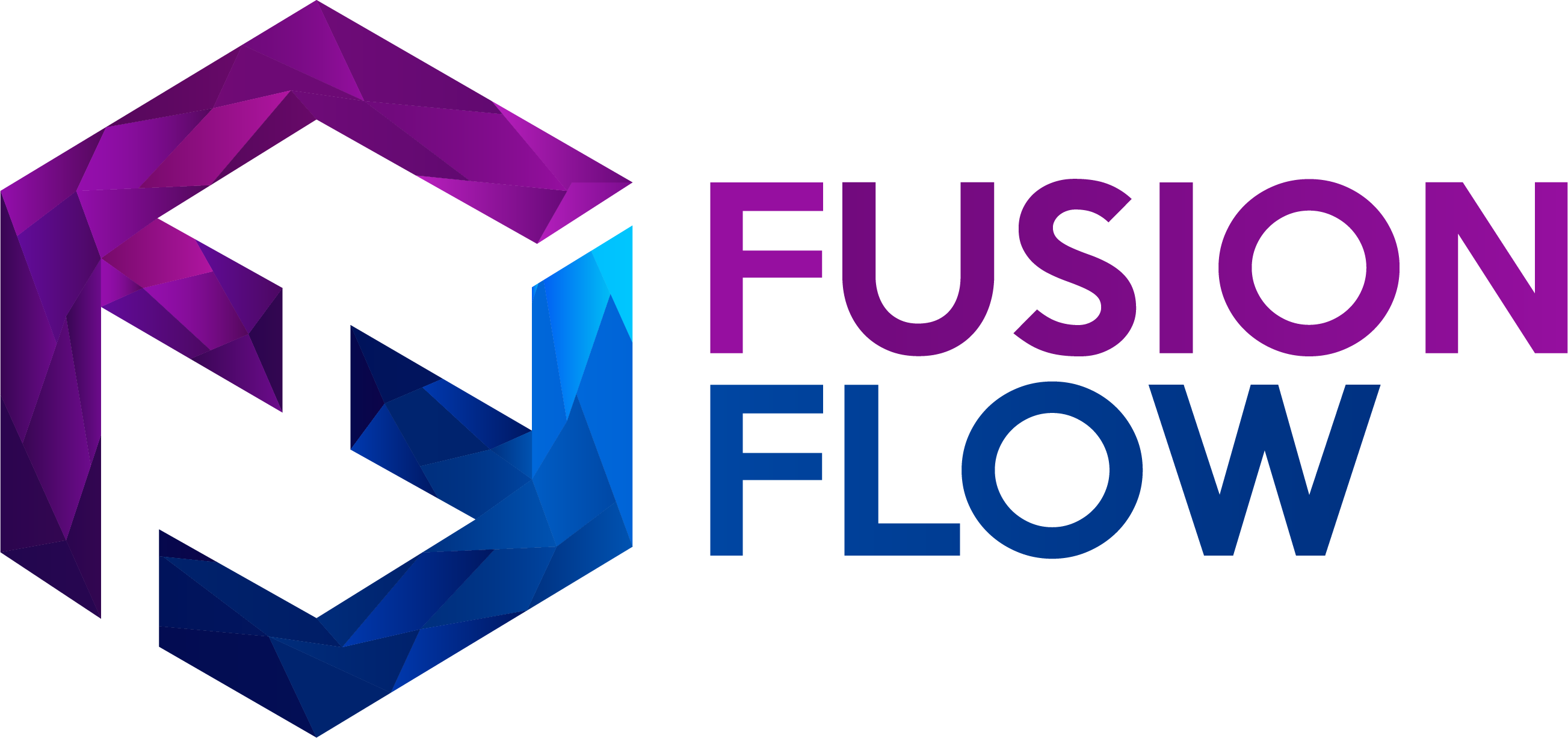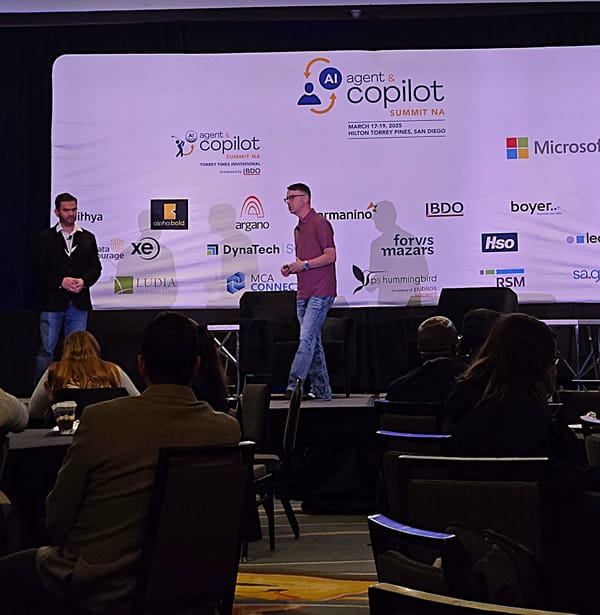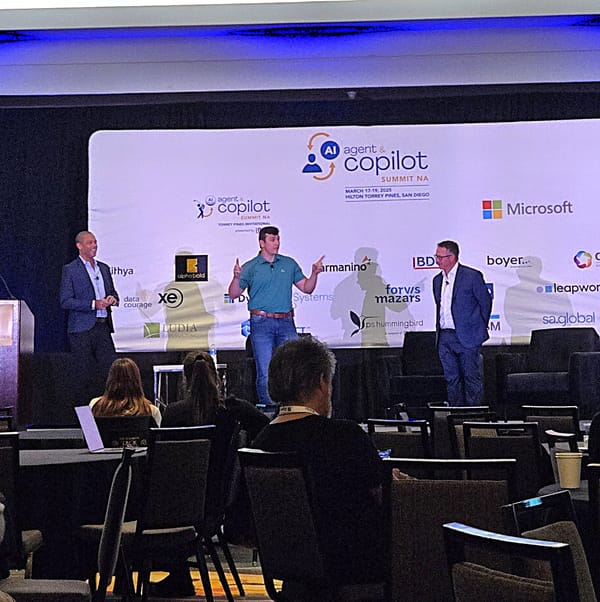Data Migration Made Painless with D365 AI Agents
Data migration doesn't have to be the bottleneck. AI agents can cut timelines by 80%, reduce errors to near zero, and free your team from spreadsheets, turning migration from a headache into a strategic advantage.

Ask anyone who's been through an ERP implementation, and they'll tell you that data migration is the part nobody looks forward to. It's the late nights with spreadsheets, the endless mapping exercises, the mistakes you only catch after go-live. It's costly, slow, and frustrating.
But it doesn't have to be that way.
The Data Migration Agent is showing enterprises a new path. It takes on the heavy lifting, timelines shrink, and your people can focus on the work that drives value.
Why Traditional Migration Fails
Most organizations still rely on brute force:
- Rows of spreadsheets and manual mapping.
- Months of back-and-forth validation.
- Whole teams tied up in repeatable tasks.
That's why migrations run over budget and stall ERP rollouts. You're asking humans to do work machines should be doing: extraction, classification, validation, and mapping.
How AI Agents Change the Game
The shift is happening in four stages:
- Manual work – labor-intensive, error-prone, expensive.
- Automation – repetitive tasks get scripted, but still need oversight.
- Smart agents – copilots that summarize, extract, and accelerate migration work.
- Autonomous AI agents – minimal human intervention, predictive workflows, self-improving systems.
With AI agents, companies are cutting migration time by more than 80% while improving accuracy. That's a complete reset of what migration can be.
A Real Example: Chart of Accounts Migration
Take the challenge of migrating a chart of accounts into Dynamics 365 built-in reconciliation. Normally, finance and IT teams would spend weeks mapping legacy account codes line by line. With AI agents, here's what happens instead:
- Extraction: Generative AI pulls account data from legacy sources automatically.
- Mapping: An intelligent engine suggests mappings based on patterns and industry standards.
- Validation: Agents catch errors in real-time with built-in reconciliation.
What once took 160+ hours across multiple FTEs now finishes in 4 hours with one person overseeing the process. Error rates drop to near zero. That's the difference between a project roadblock and a smooth transition.
Behind the Scenes
The workflow is engineered. Source data flows into a Fabric Lakehouse, where it's transformed and processed by AI models like BERT and LLaMA. Specialized prompts classify, enrich, and map accounts step by step. Orchestrator agents coordinate the process, while a Power App lets humans validate and make quick adjustments where needed.
It's automation with oversight, not automation on autopilot.
Why This Matters
The impact is broader than you think:
- Operational excellence – fewer errors, faster execution.
- Resource optimization – your SMEs aren't wasting months in spreadsheets.
- Multi-team benefits – IT reuses frameworks, business teams get clean, usable data faster.
- Future readiness – agents learn and adapt, so the next migration is even smoother.
The Road Ahead
This is only the start. The same agent-driven approach can extend beyond finance to customer, supply chain, and operational data. With continuous improvement built into the pipeline, every migration becomes cheaper, faster, and more reliable.
In ERP projects, data migration used to be where momentum died. Now it's where momentum accelerates. The organizations that embrace AI-driven migration will be the ones who roll out faster, scale smarter, and spend less cleaning up mistakes.
Want a painless data migration in your organization? Book a call with me at Fusion Flow Software.





